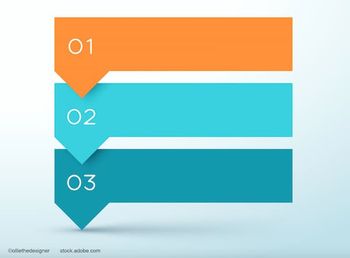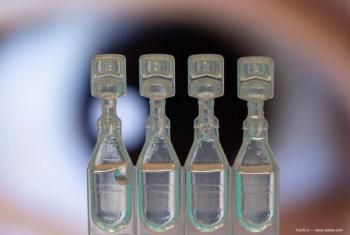
Wavefront-guided LASIK effective, safe for hyperopia, astigmatism
The interim results of the Alcon Study Group reported at the annual meeting of the European Society of Cataract and Refractive Surgeons indicate that the CustomCornea Wavefront System (Alcon Laboratories) produces favorable outcomes and greater reductions in higher-order aberrations compared with conventional LASIK.
ParisThe interim results of the Alcon Study Group reported at the annual meeting of the European Society of Cataract and Refractive Surgeons indicate that the CustomCornea Wavefront System (Alcon Laboratories) produces favorable outcomes and greater reductions in higher-order aberrations compared with conventional LASIK.
Two groups of patients were included in the prospective multicenter study: the initial group of 45 eyes followed for 6 months after customized LASIK and a subset of that group of 29 contralateral eyes that received conventional treatment in one eye and customized treatment in the other eye. All treatment zones were 6.5 mm with a 1.25-mm blend zone. Preoperatively, the mean sphere was 2.42 D and average cylinder was -0.64 D.
"The visual results for the initial group of 45 eyes were good at 6 months in the customized group with 91% of eyes having 20/25 or better uncorrected visual acuity (UCVA) and 76% with 20/20 or better, and 98% with 20/40 or better. The accuracy was also good with 80% within ±0.5 D and 96% ±1 D of the intended correction. No eyes lost two or more lines of best spectacle-corrected visual acuity (BSCVA); typically, patients tended to gain lines of corrected visual acuity. Ninety-eight percent of eyes had reduced total root mean square error compared with preoperatively, and 57% had reduced higher-order aberrations compared with preoperatively," Stephen Slade, MD, of Houston, reported.
In the contralateral eye study, the UCVA results and the accuracy results favored the customized procedure. The eyes that received the customized treatment also fared slightly better regarding BSCVA and safety results.
"The 45 eyes treated with the customized procedure tended to be better in all of the parameters studied at 6 months. There was a greater mean decrease in total aberrations and less increase in induced aberrations in the customized group," Dr. Slade concluded.
Newsletter
Don’t miss out—get Ophthalmology Times updates on the latest clinical advancements and expert interviews, straight to your inbox.













































.png)


